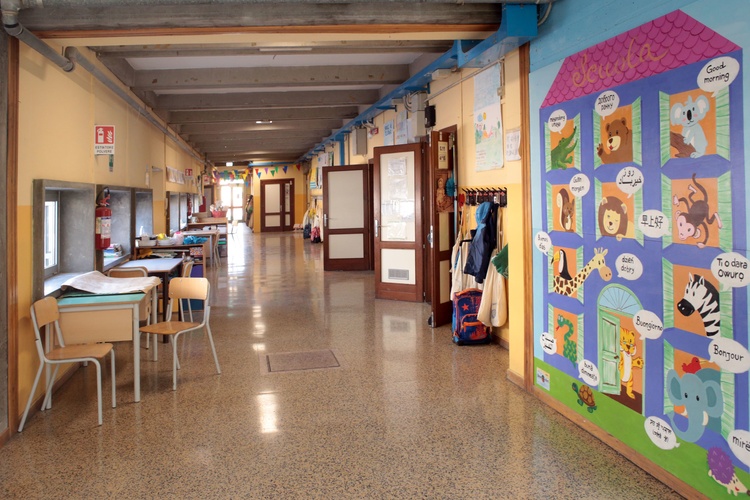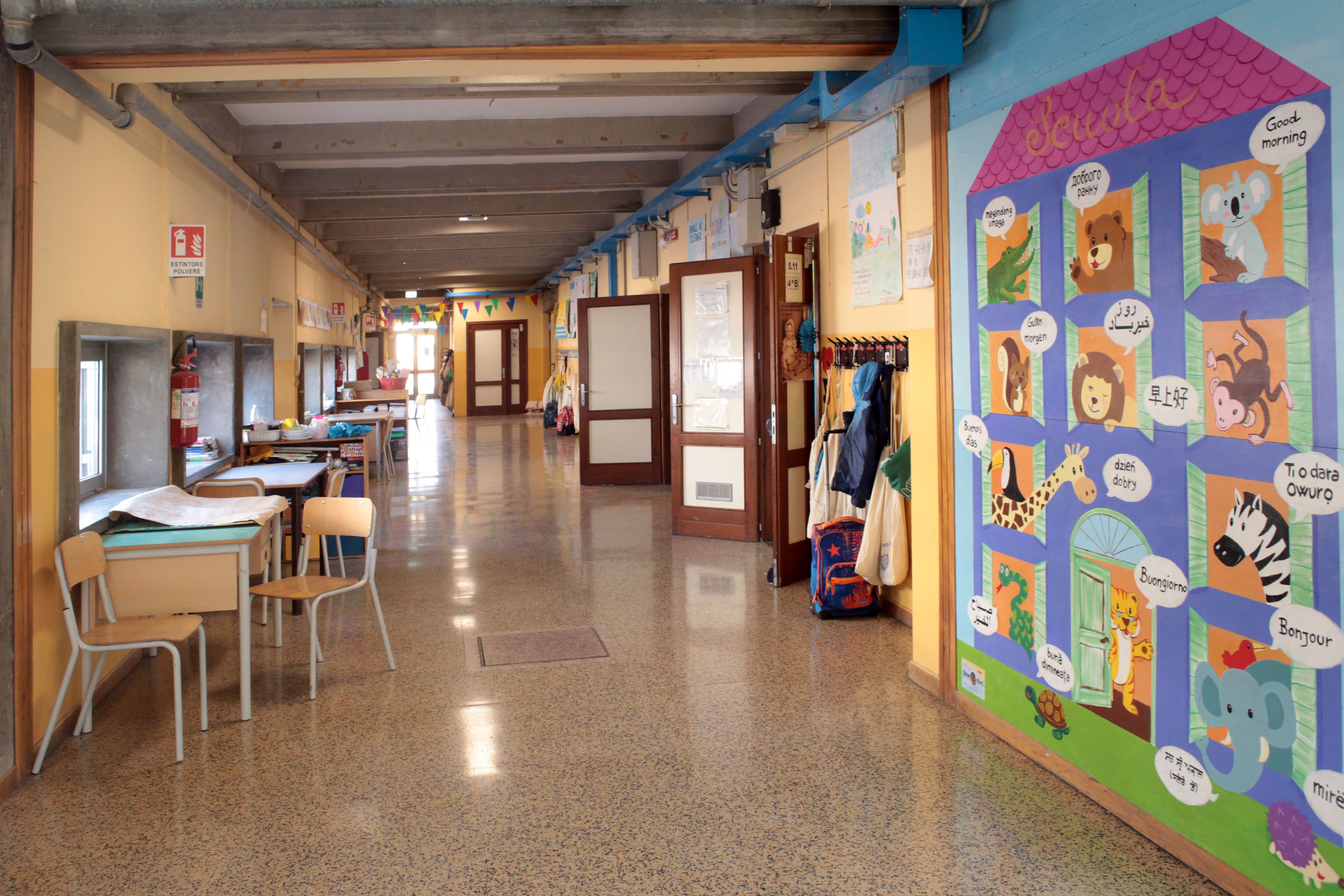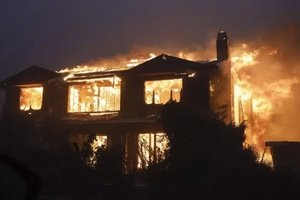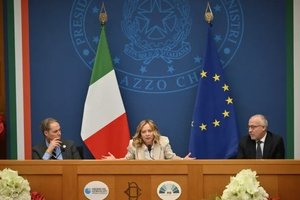Meanwhile, the regions of Tuscany and Valle D’Aosta will go into lockdown from Monday, after reaching the threshold for new cases that automatically makes them high-risk “red zones” under Italy’s tiered system of restrictions.
“I can confirm the decision … to open [schools] until the sixth grade,” Prime Minister Mario Draghi said during a news conference on Friday.
Kindergartens and primary schools will be allowed to reopen nationwide after Easter, even in higher-risk regions still classified as red zones.
Schools were closed in most of Italy on March 15, after the government introduced a partial lockdown in a bid to contain a third wave of infections fuelled by virus variants that are believed to be more contagious among young people.
The closures triggered a string of protests by students, parents and some teachers, with demonstrations in more than 60 cities on Friday.
Over the past 13 months, Italian students have had to complete their schooling from home for longer periods of time than most of their peers in Europe.
Current coronavirus restrictions in Italy, which vary from region to region, expire on April 6, but all of Italy will be made a restricted red zone under maximum restrictions during the weekend of April 3 to 5 to avoid the usual large family gatherings over Easter.
Lazio, which has been red for the past two weeks, will be moved down to a moderate-risk “orange zone” from Tuesday, before passing back into red over Easter weekend.
It is expected to be the only region where rules are relaxed before Easter, based on the latest weekly health data released by Italy’s Higher Health Institute (ISS) on Friday.
Italy was the first country in Europe to face the full force of the coronavirus pandemic, and has so far reported more than 106,000 coronavirus-related deaths.
Health Minister Roberto Speranza said on Friday there were now “very early signs of a slowdown” in infection rates, allowing for some cautious reopenings.












